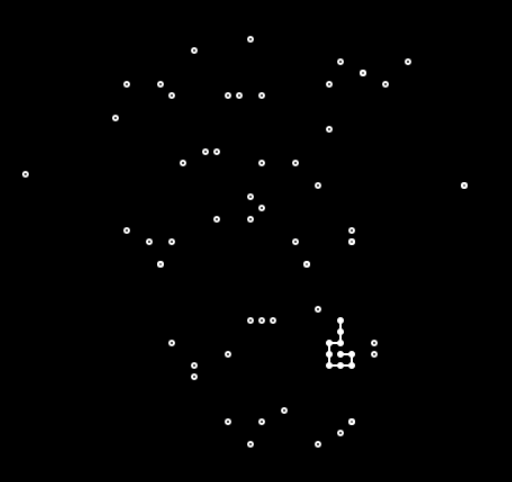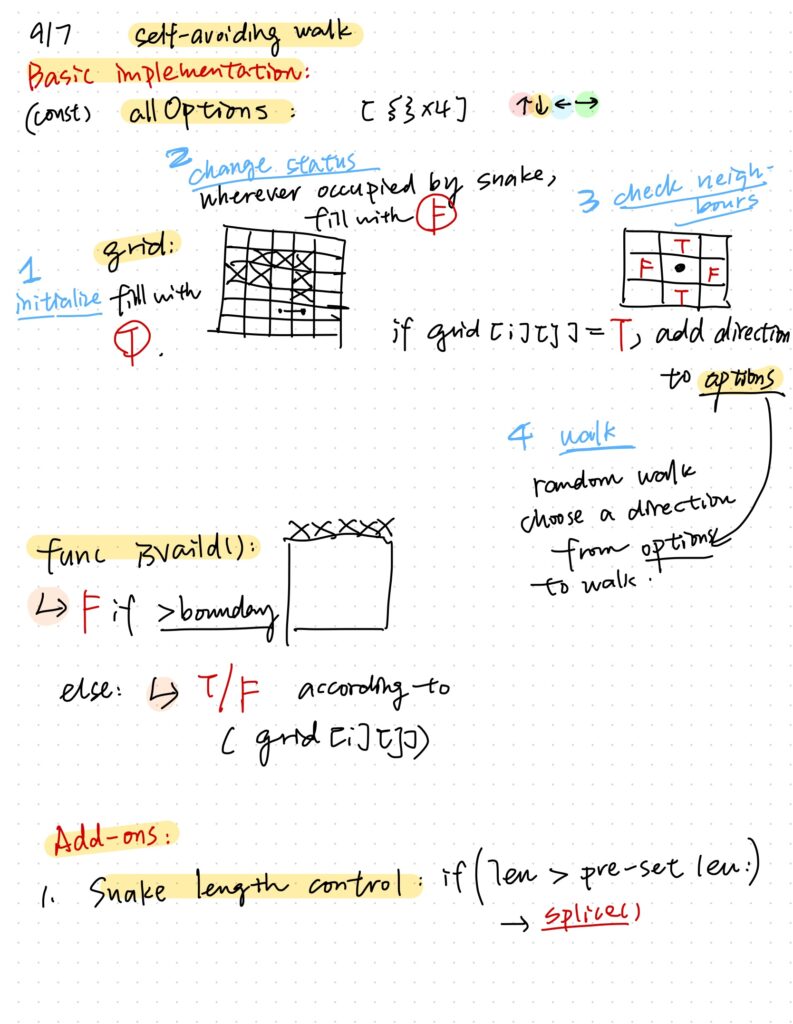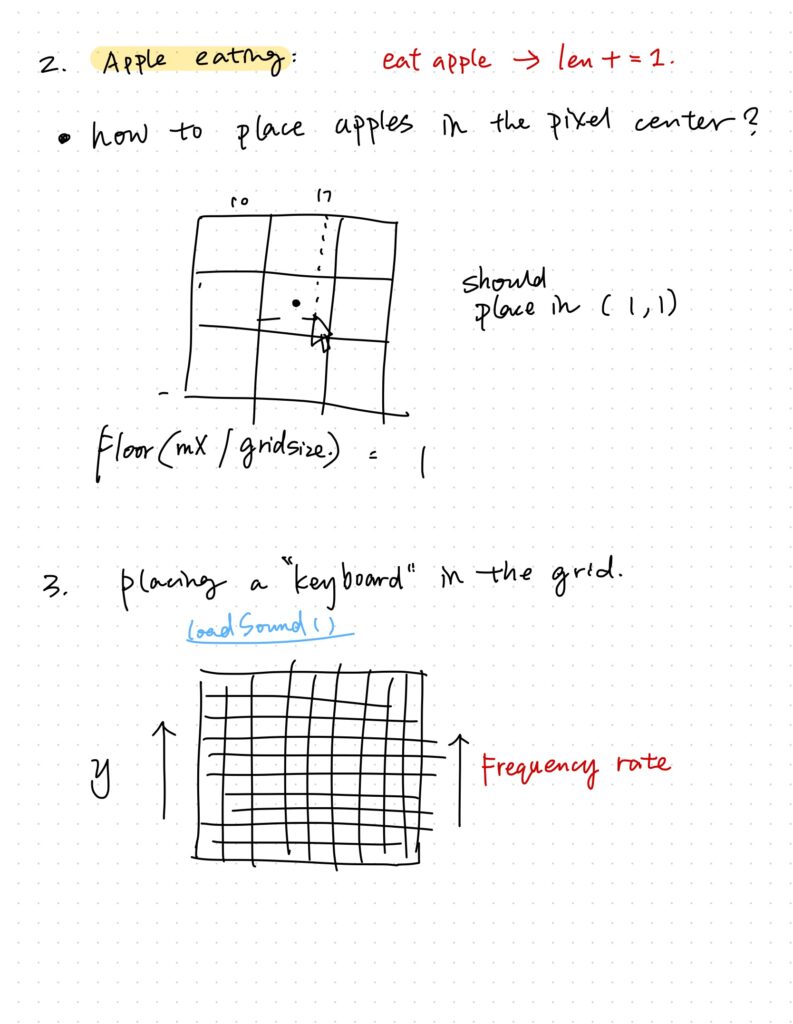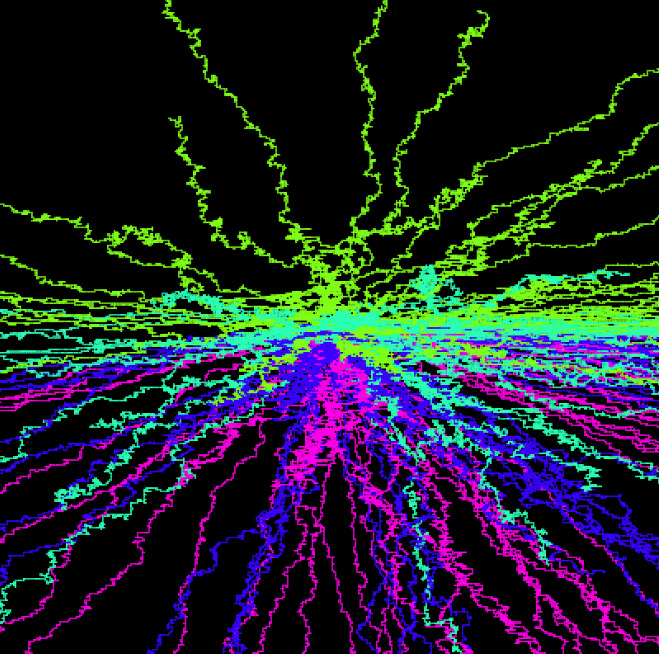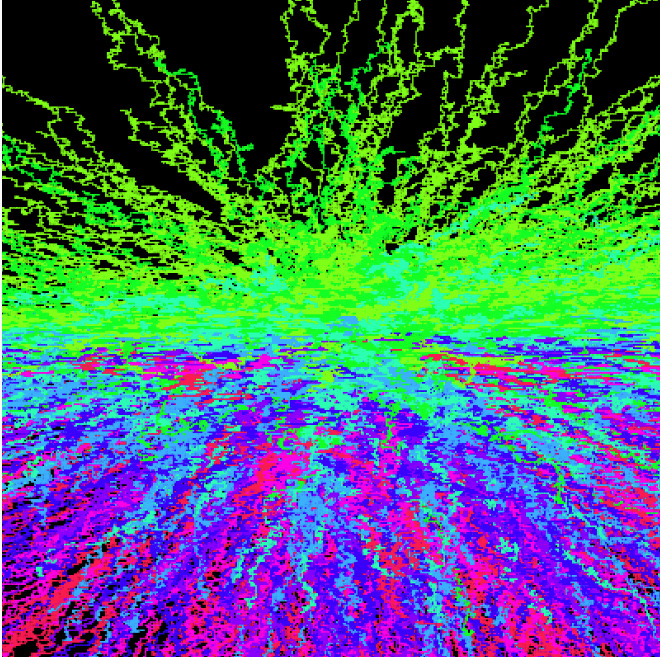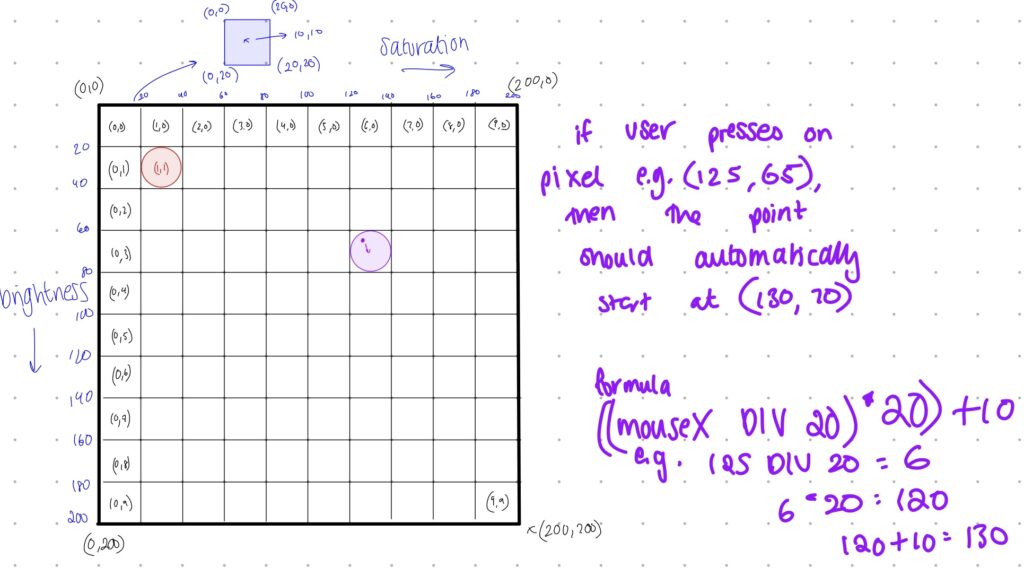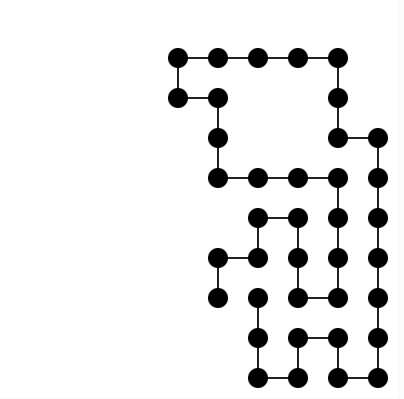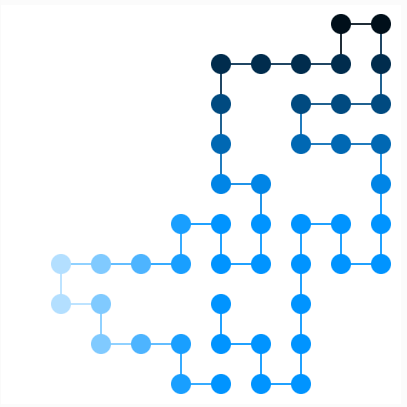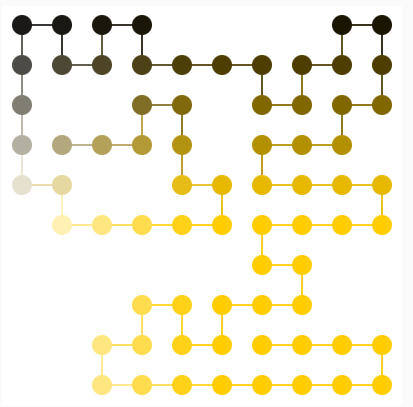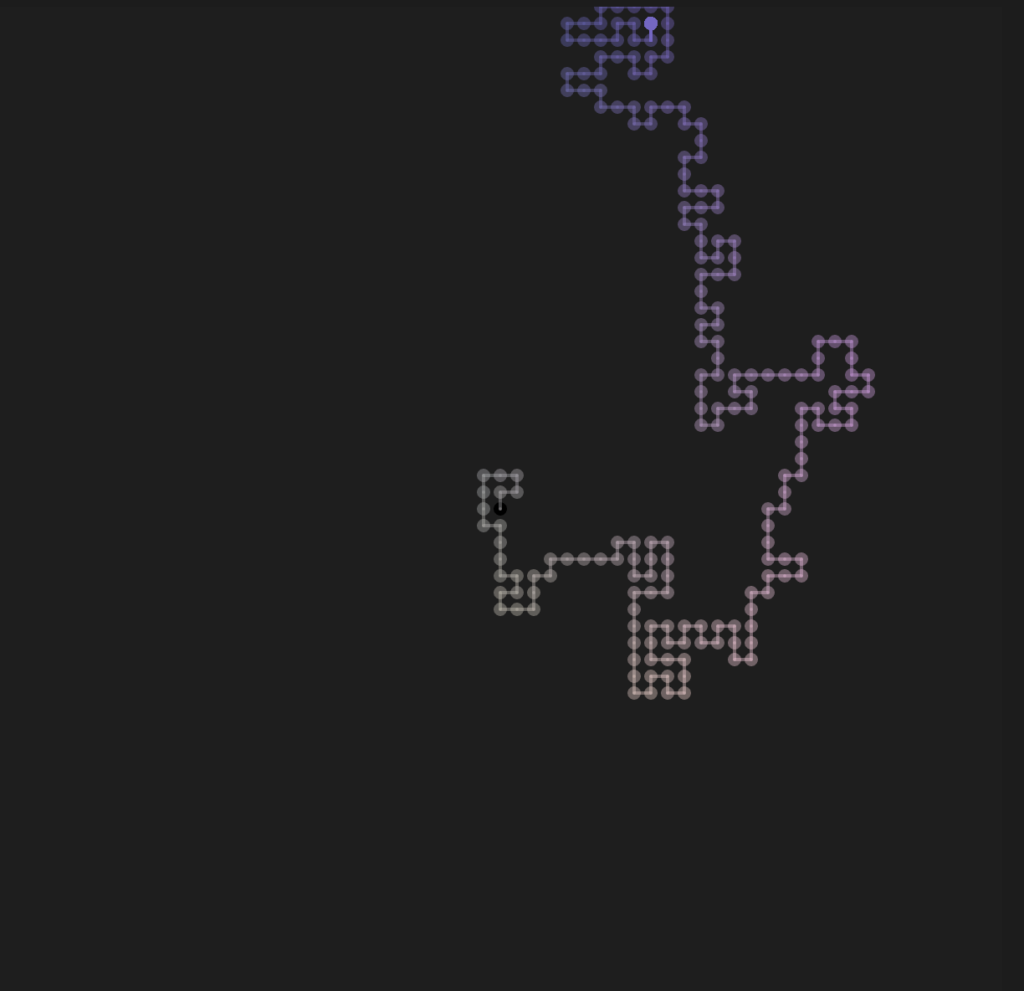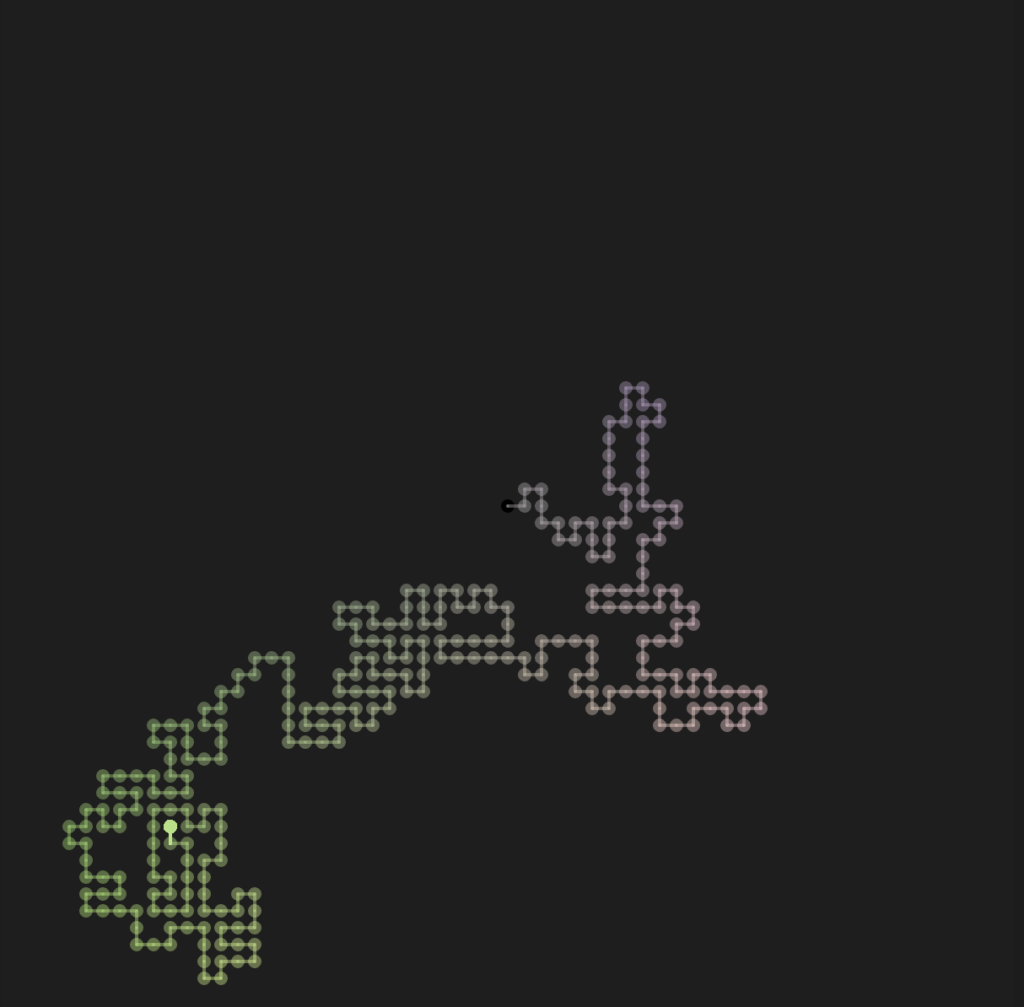I really like the reading passage. It tells us about how different disciplines interact with each other and have shared underlying logic. The author mentioned two opposite theories, the reductionism and the holism. He said that these two theories won’t agree with each other because reductionism is about how we break down things in parts, and smaller parts, right to the quantum level, while holism is studying how simple things can form together into a more complex system. But from my perspective, these theories are not only contradictory but also complementary. When looking at something, we always look at it from “eye level”, which means we observe its appearance and try to get information about what it is naturally. Then we apply reductionism and break down its concepts. After that, we apply holism and analyze how it behaves in a larger context or environment. Finally we go back to the middle stage and will be able to get a clearer idea of not only “what it is”, but also “why it does this”. This is how we get to know every individual in the universe, and how we develop an interdisciplinary perspective.
There are many examples in life that prove the ideas of the author. For example, the clusters of galaxies in the field of astronomy are quite similar to neural networks in the field of neural science. And actually, the structure and logic of computers are inspired by the two. Many manmade things are bionic, meaning that they all got inspiration from the micro and macro world in nature. When we break them down, we will see similar basic patterns; and when we look from the macroscopic perspective, we will find they have similar behaviors under that respective context. As the author has mentioned, the invention of the computer brings all the subjects together and promotes communication between them. This is right because the computer simulators found out the similarity of structure and interaction type among them. Therefore, what we are doing in this class is very important to not only the application of computer programming, but also the discovery of nature theories.



